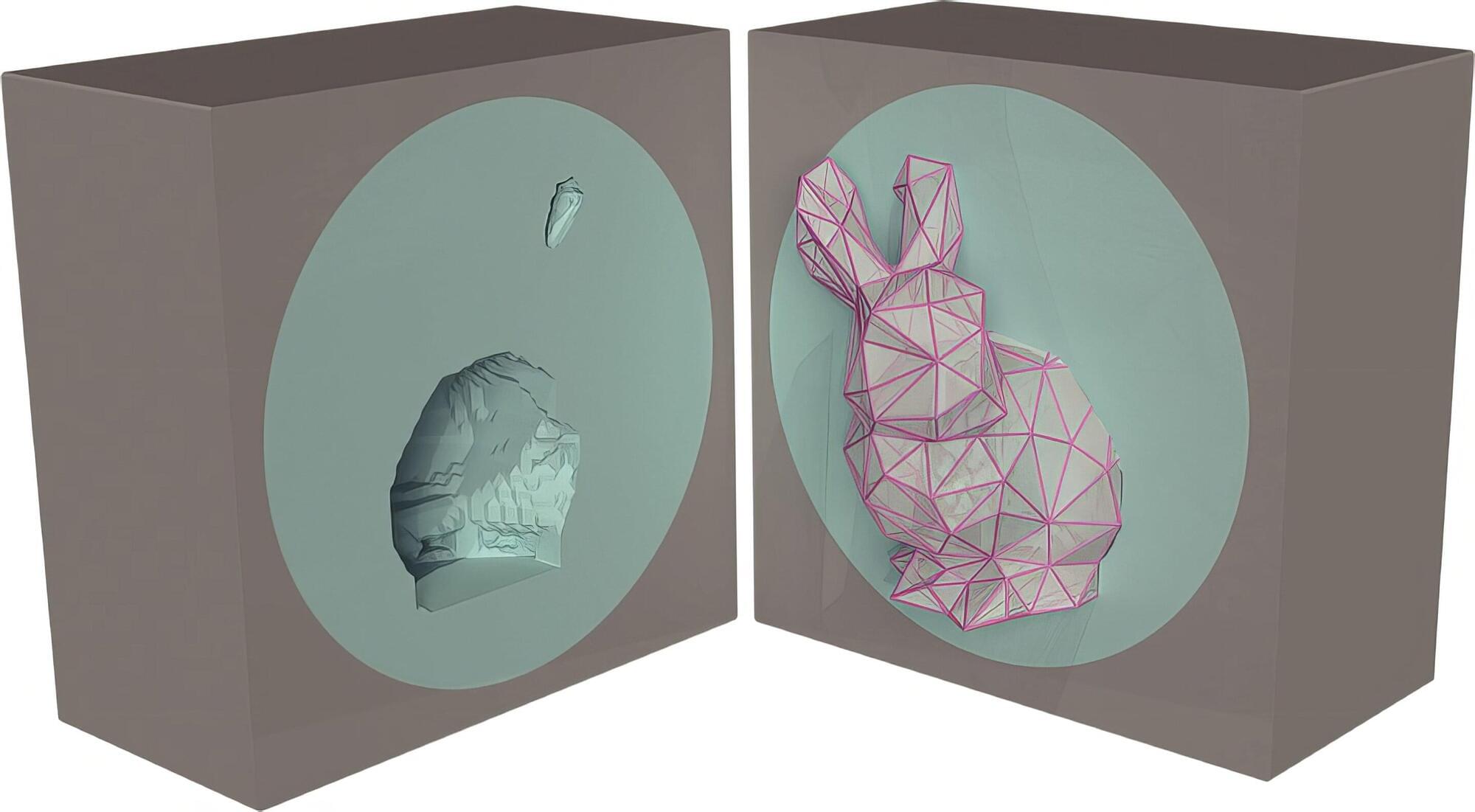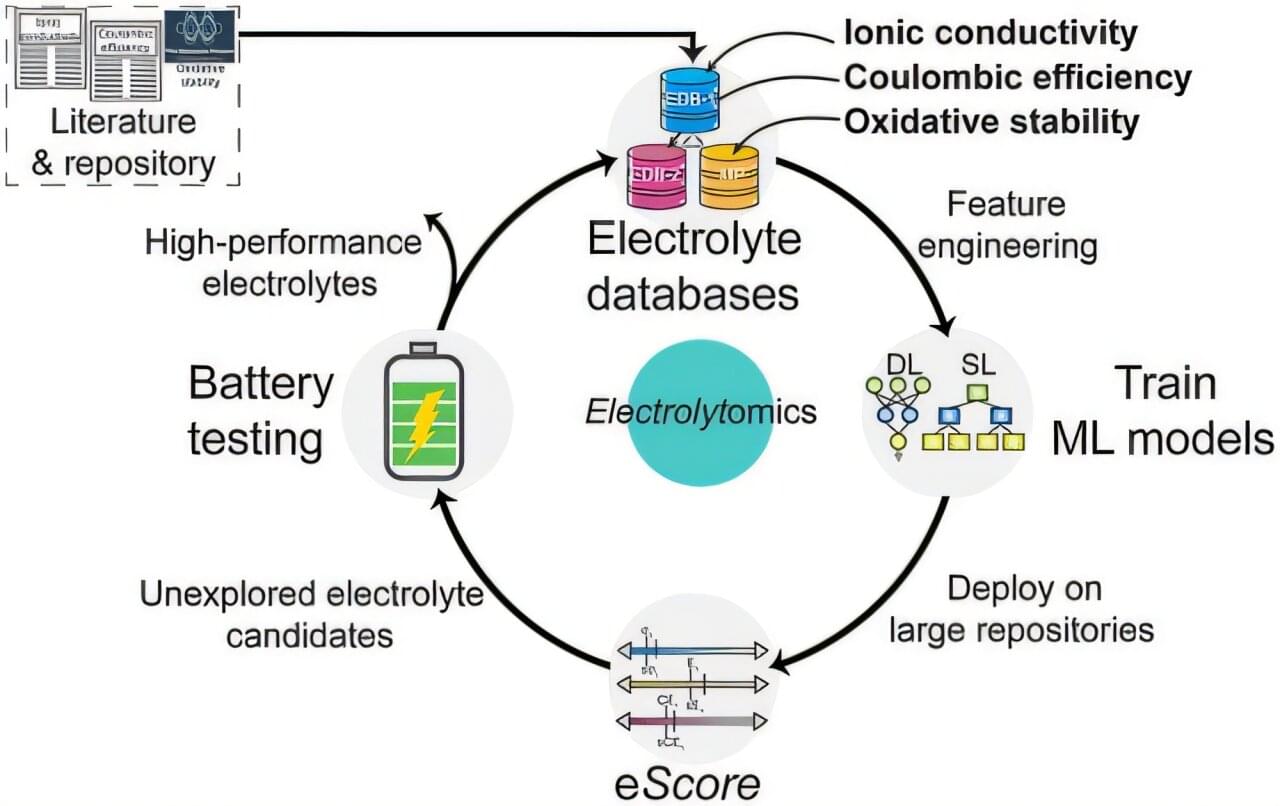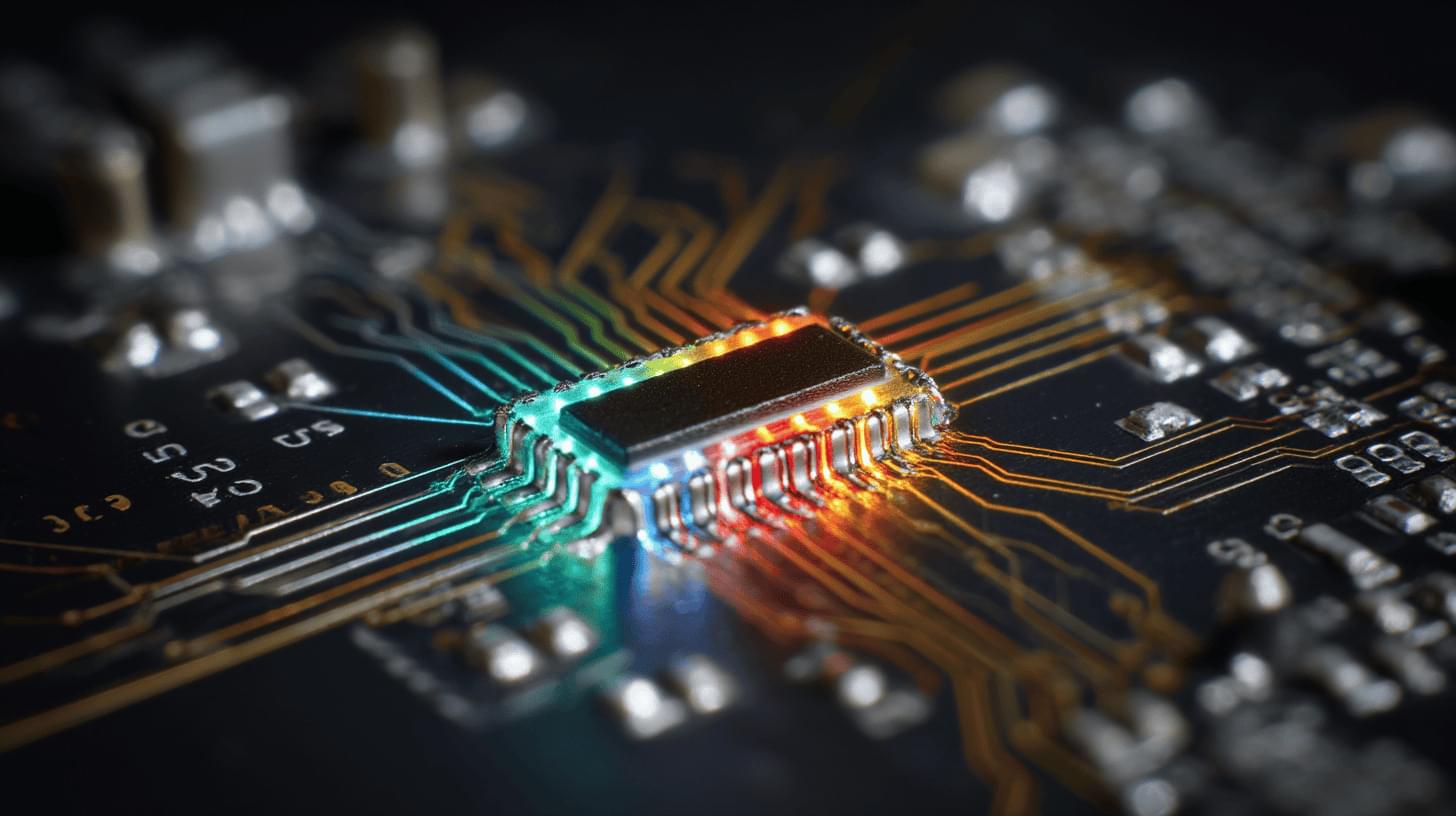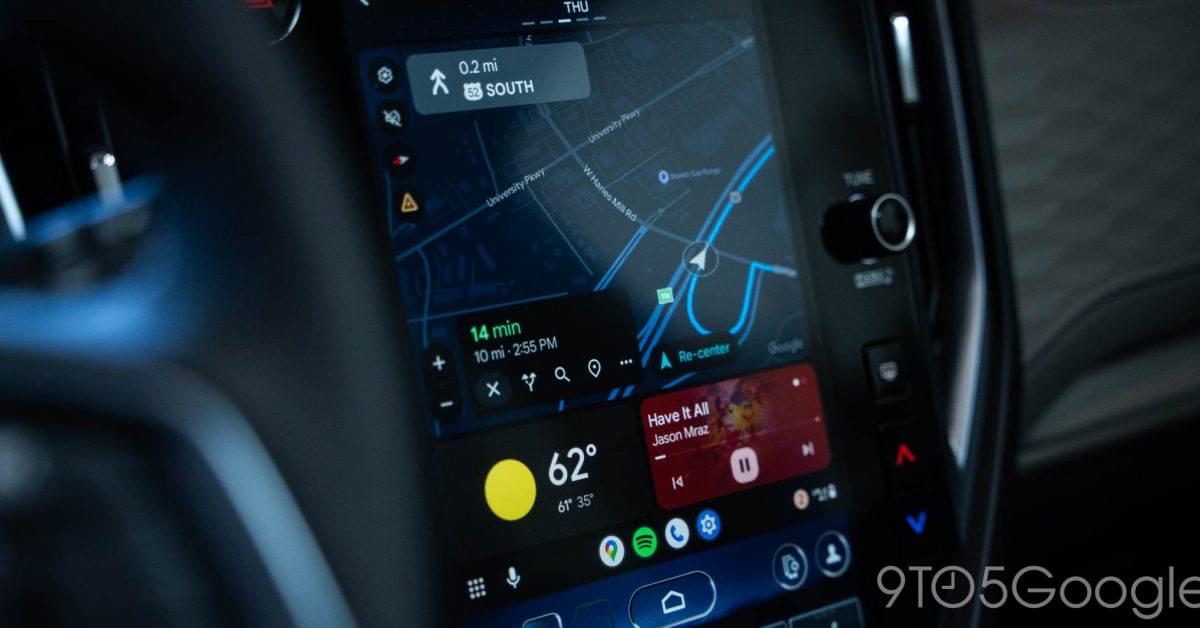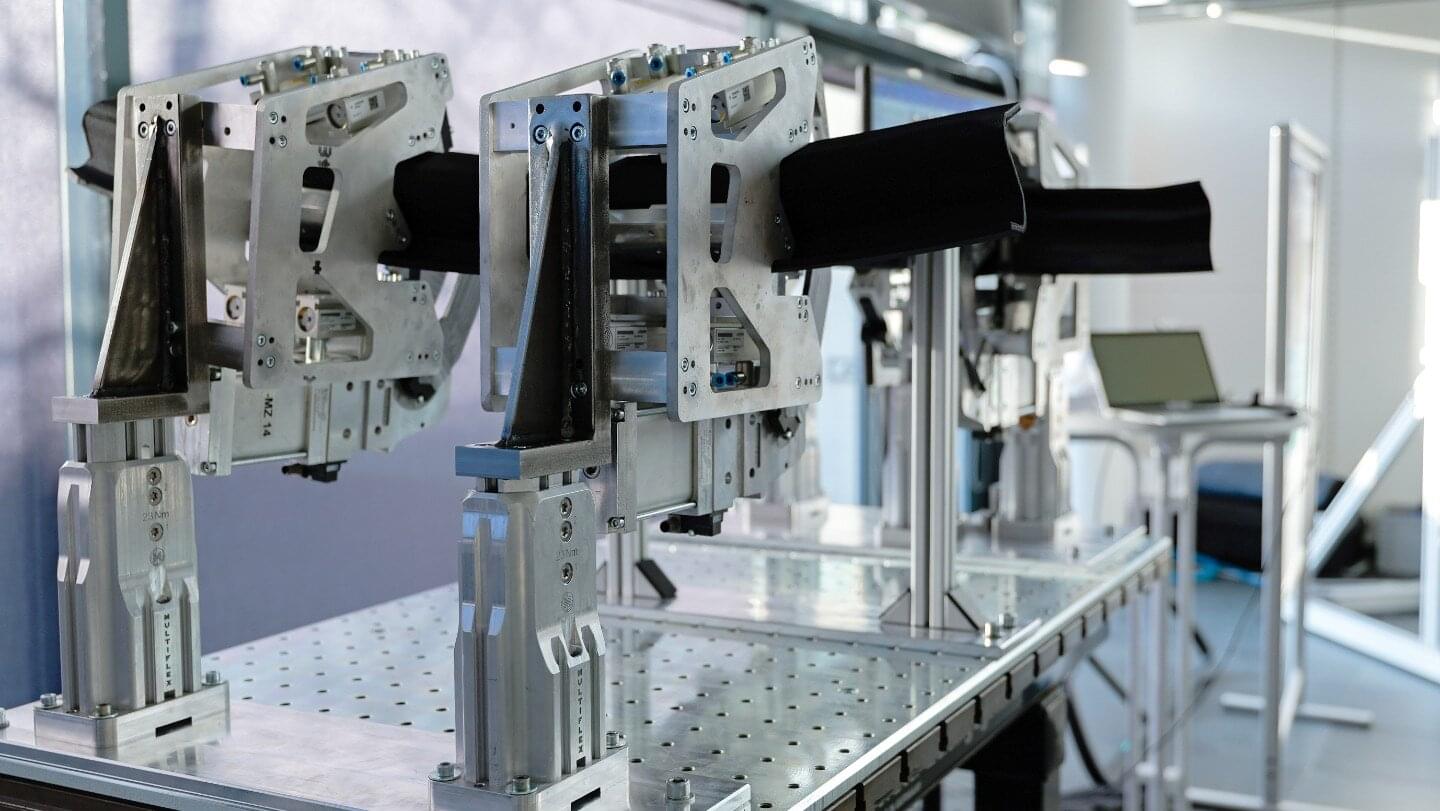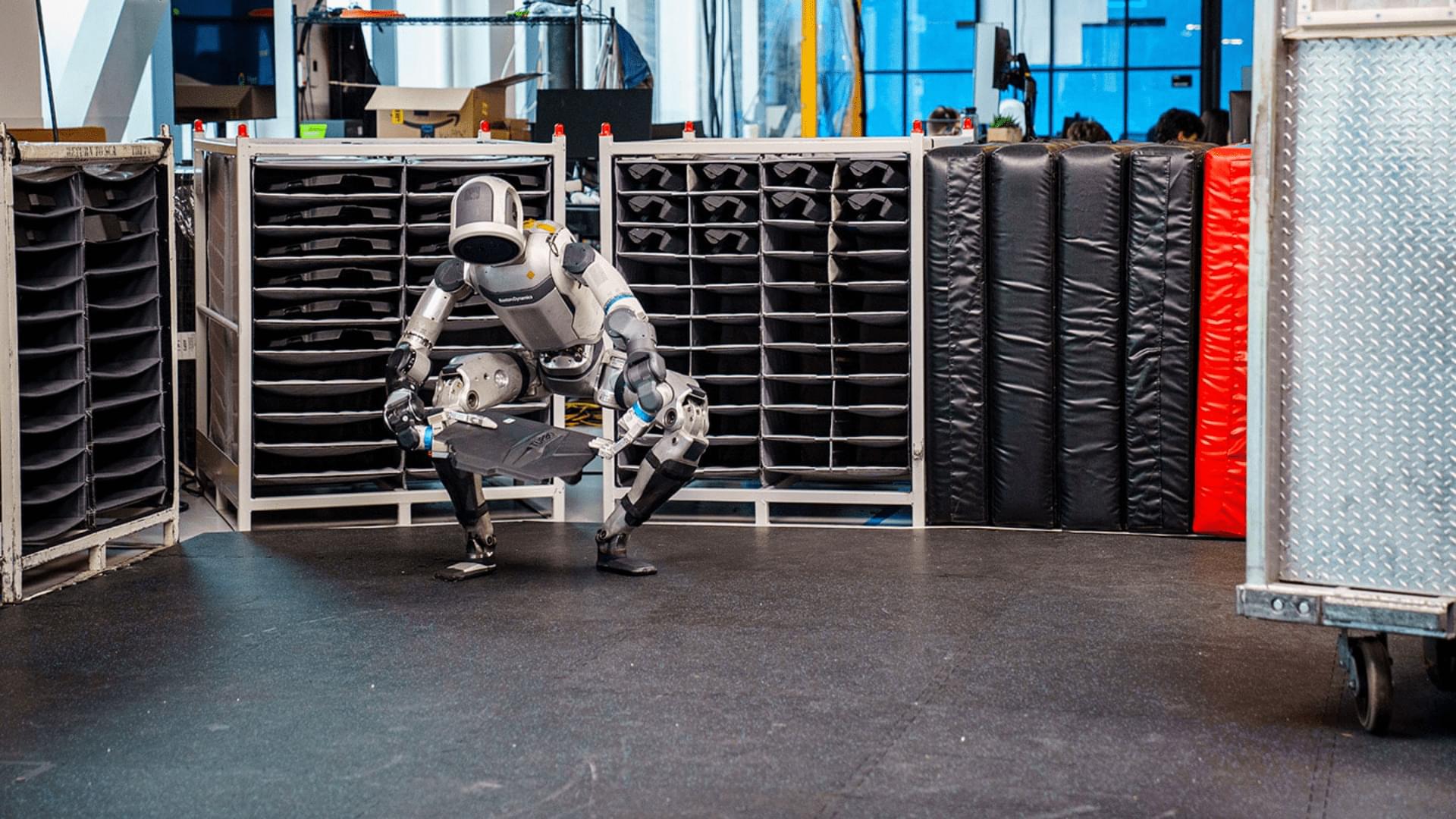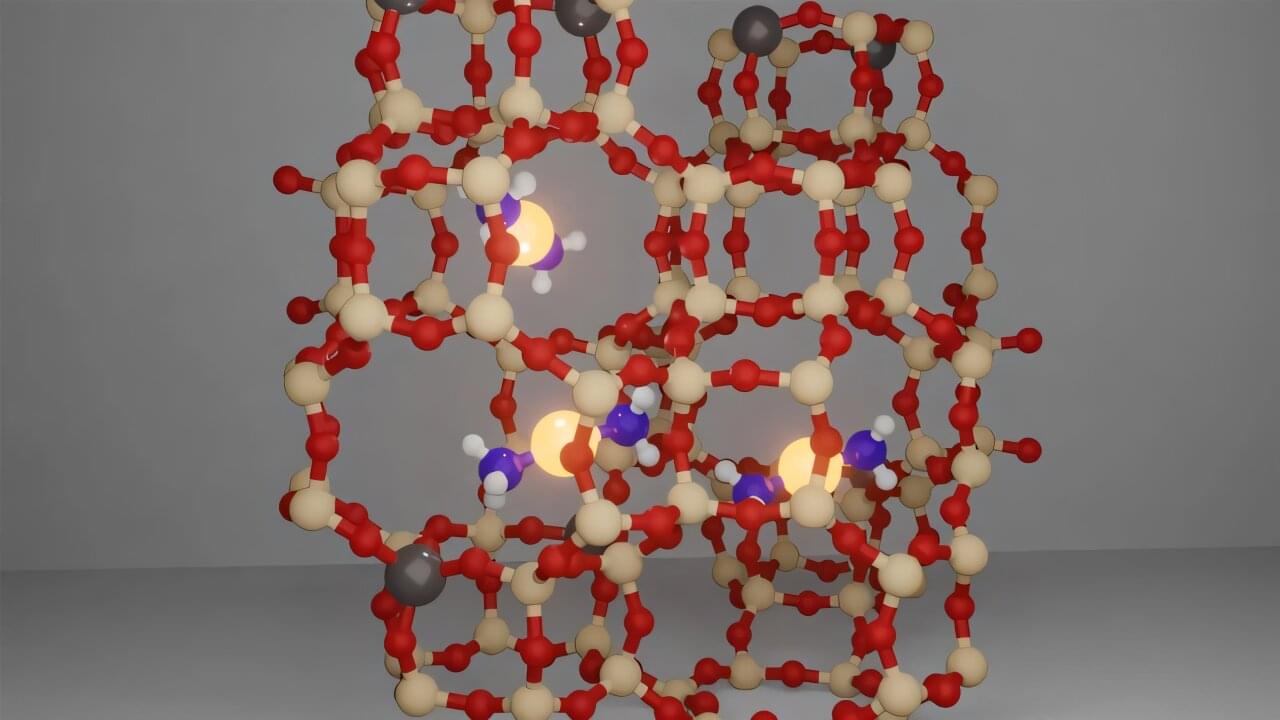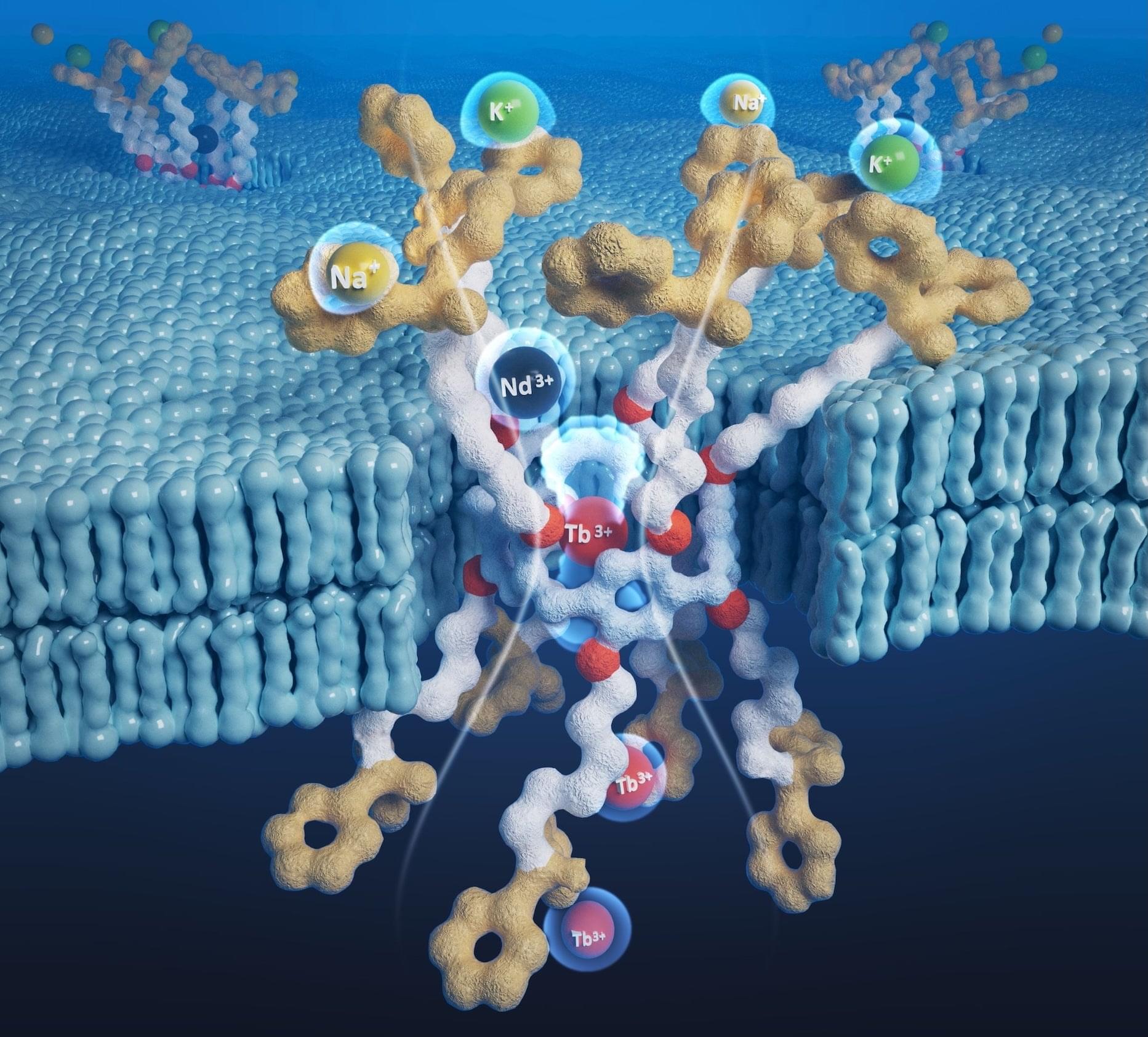Whether designing a window in an airliner or a cable conduit for an engine, manufacturers devote a lot of effort to reinforcing openings for structural integrity. But the reinforcement is rarely perfect and often creates structural weaknesses elsewhere.
Now, engineers at Princeton and Georgia Institute of Technology have developed a technique that can maintain structural integrity by essentially hiding the opening from the surrounding forces. Rather than reinforcing the opening to protect against a few select forces, the new approach reorganizes nearly any set of forces that could affect the surrounding material to avoid the opening.
In an article, titled “Unbiased Mechanical Cloaks” in the Proceedings of the National Academy of Sciences, the researchers said they surrounded openings with microstructures designed to protect against many loads—external forces that cause stress, movement or deformation. The microstructures’ shape and orientation are calibrated to work with the most challenging loads facing the structure, allowing designers to counter multiple stresses at once.
